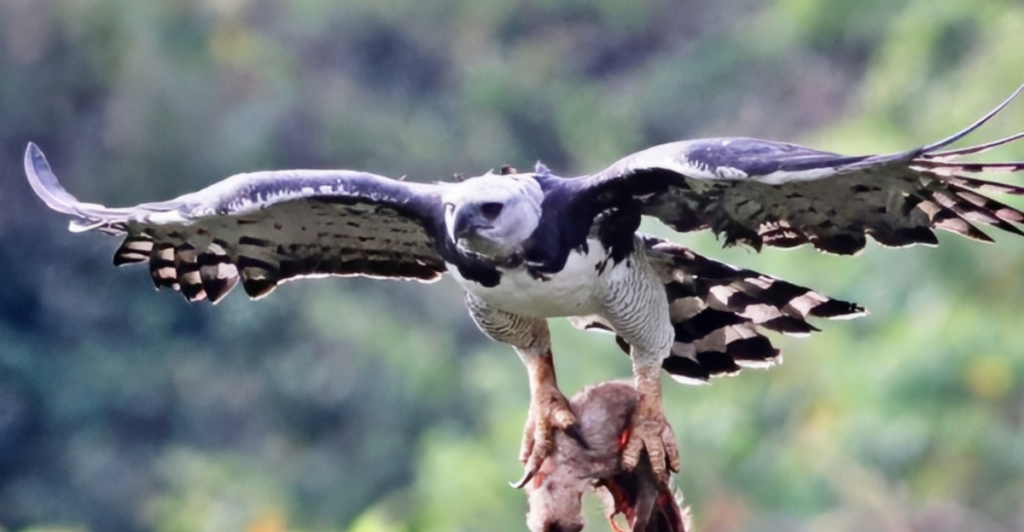
Predator-prey relationships are essential to maintaining ecological balance. Various species have evolved to hunt and feed on others, creating a dynamic interplay that shapes ecosystems worldwide. From the vast savannas of Africa to the depths of the ocean, certain animals are particularly vulnerable to predation due to their size, behavior, or life stages. These are the top 10 most hunted animals of 2024.
1. Antelope
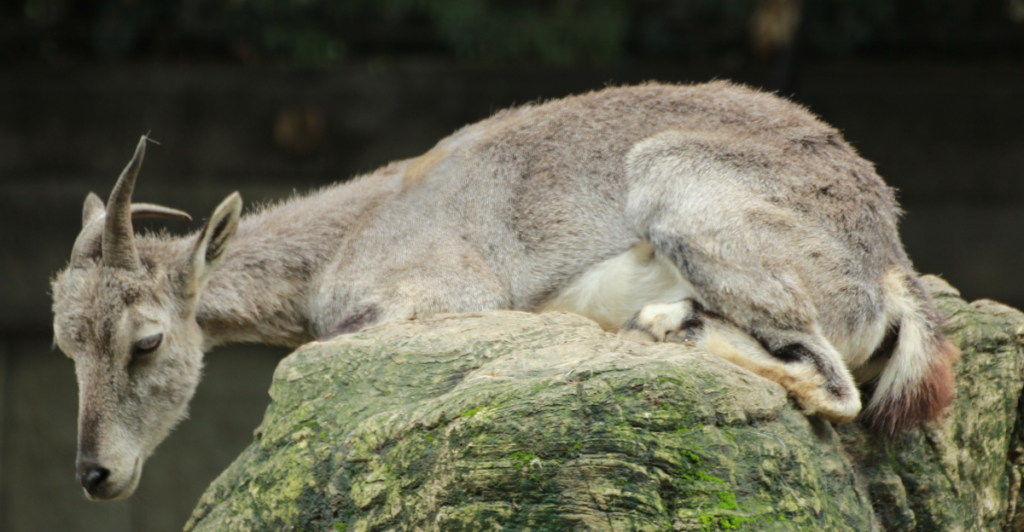
Antelopes, including impalas, kudus, and springboks, are among the most hunted animals in the wild. Their populations are abundant across various habitats in Africa, making them a primary food source for large predators like lions, hyenas, and cheetahs. Antelopes are known for their agility and speed, which they use to evade predators. However, their tendency to graze in open areas can make them more vulnerable during certain times, especially when they are in herds.
2. Zebras

Zebras are iconic African animals that face significant predation from a variety of carnivores, including lions, hyenas, and crocodiles. Their striking black-and-white stripes serve as camouflage in the grasslands, but they are still targeted during migrations when they gather in large numbers. The combination of their social behavior and the challenges posed by crossing rivers during migration makes them particularly susceptible to hunting by these formidable predators.
3. Warthogs
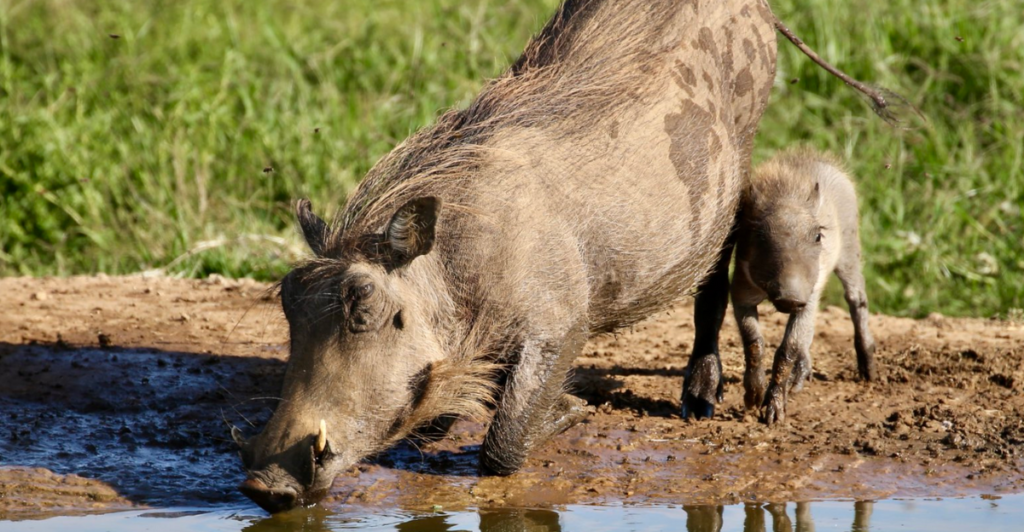
Warthogs are another prey species frequently hunted by predators like lions, leopards, and hyenas. These wild pigs are often found in savannas and grasslands, where they forage for roots and tubers. While warthogs have some defensive adaptations, such as tusks and a tough hide, their size and tendency to feed in open areas can expose them to danger. Their vulnerability increases during dry seasons when food is scarce, and they must venture into more open terrain.
4. Pangolins
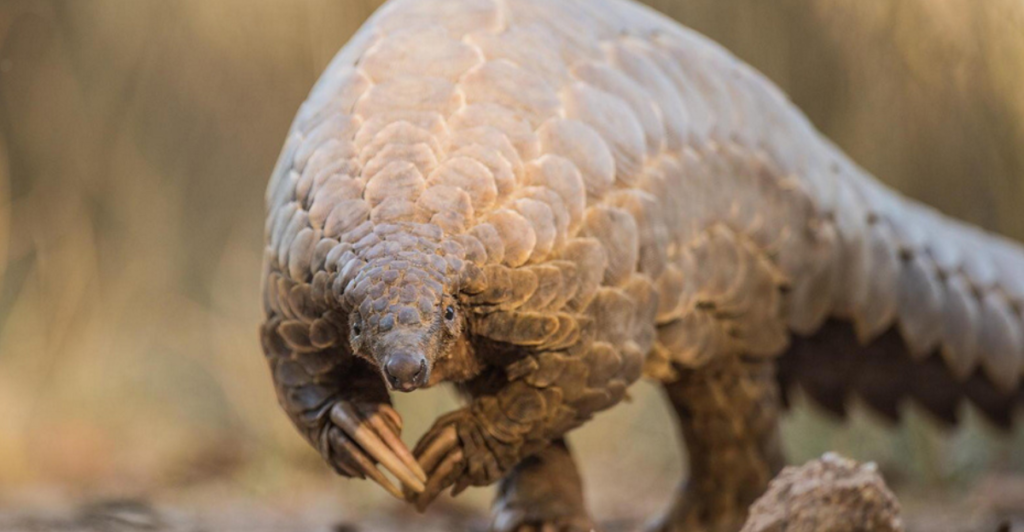
Pangolins are unique mammals known for their scaly armor and ability to roll into a ball for protection. Despite these adaptations, they face threats from large predators such as lions and tigers in certain regions. More critically, pangolins are heavily hunted by humans for their scales, which are highly valued in traditional medicine. This dual threat makes them one of the most endangered groups of mammals globally.
5. Fish

Fish such as salmon play a crucial role in aquatic ecosystems but are also heavily hunted by various predators, including bears, eagles, and wolves. During their spawning runs, salmon become particularly vulnerable as they migrate upstream to reproduce. This journey often leads them into shallow waters where waiting predators can easily catch them. The abundance of salmon during these periods provides an essential food source for many wildlife species.
6. Rabbits
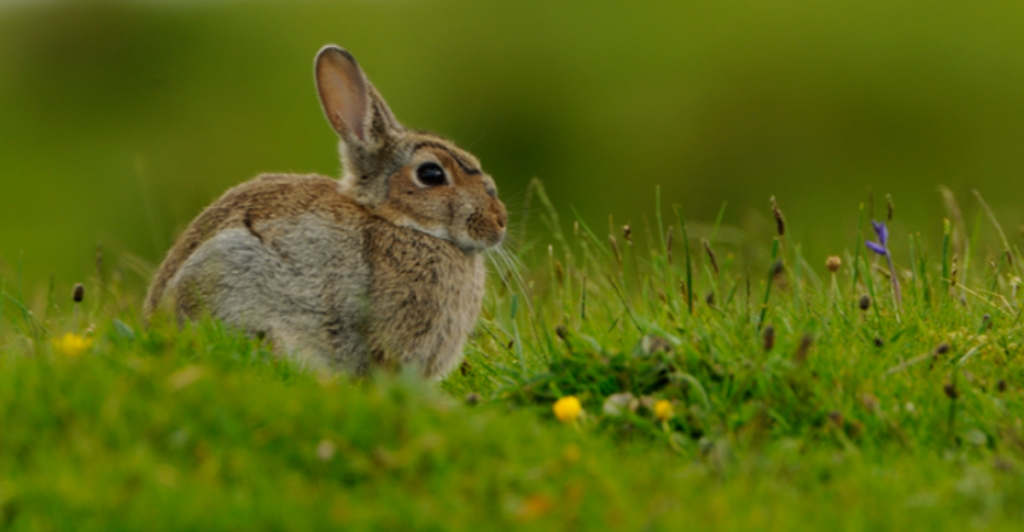
Rabbits are small mammals that serve as a staple food source for numerous carnivorous animals such as foxes, hawks, and snakes. Their high reproductive rates contribute to their abundance in various ecosystems, making them an appealing target for predators. While rabbits have developed some strategies to evade capture, such as burrowing, they remain vulnerable due to their size and the variety of predators that hunt them.
7. Sea Turtles

Sea turtles are ancient mariners that face predation from sharks and sea birds at various life stages. Young sea turtles are particularly vulnerable when they hatch on beaches and make their way to the ocean, a perilous journey where many fall prey to waiting predators. Adult sea turtles also face threats from larger marine animals but have adapted with hard shells that provide some protection against attacks.
8. Frogs
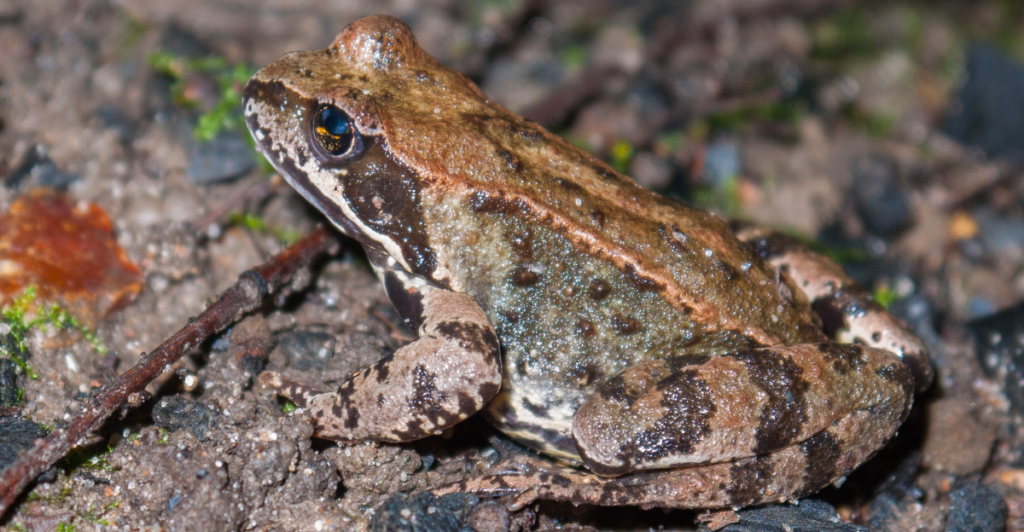
Frogs are amphibians that inhabit diverse environments worldwide and serve as important prey for snakes, birds, and fish. Their life cycle includes vulnerable stages, especially tadpoles, making them easy targets for predators. Frogs play a critical role in controlling insect populations while also serving as indicators of ecological health; however, their susceptibility to predation is a significant factor in their population dynamics.
9. Small Rodents
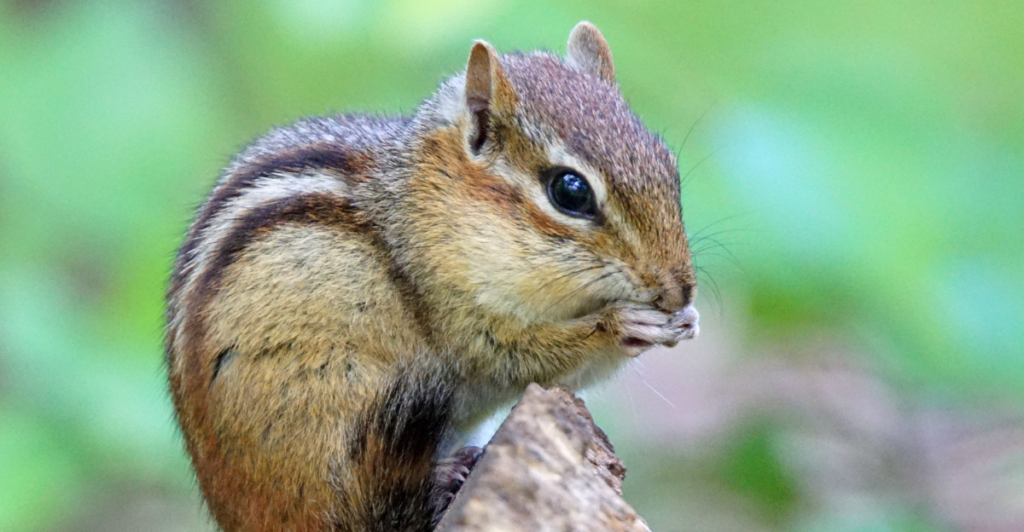
Due to their size and abundance in many ecosystems, small rodents like mice and rats are frequently hunted by a variety of predators, including owls, hawks, and snakes. Their rapid reproduction rates ensure that there is always a ready supply of prey available for these carnivores. While rodents have developed behaviors such as burrowing and nocturnal activity to evade predators, they remain a critical component of the food web.
10. Insects
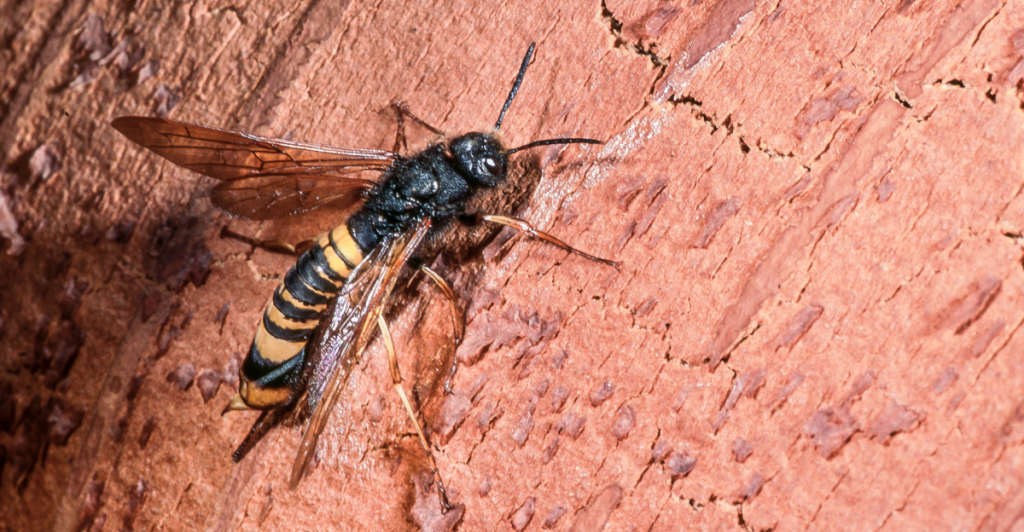
Insects such as grasshoppers are essential to many food chains and are commonly hunted by birds, frogs, and lizards. Their high reproductive rates contribute to their abundance; however, this also means that they attract numerous predators looking for easy meals. Insects play vital roles in pollination and nutrient cycling within ecosystems while also providing sustenance for many other species.
11. Young Ungulates
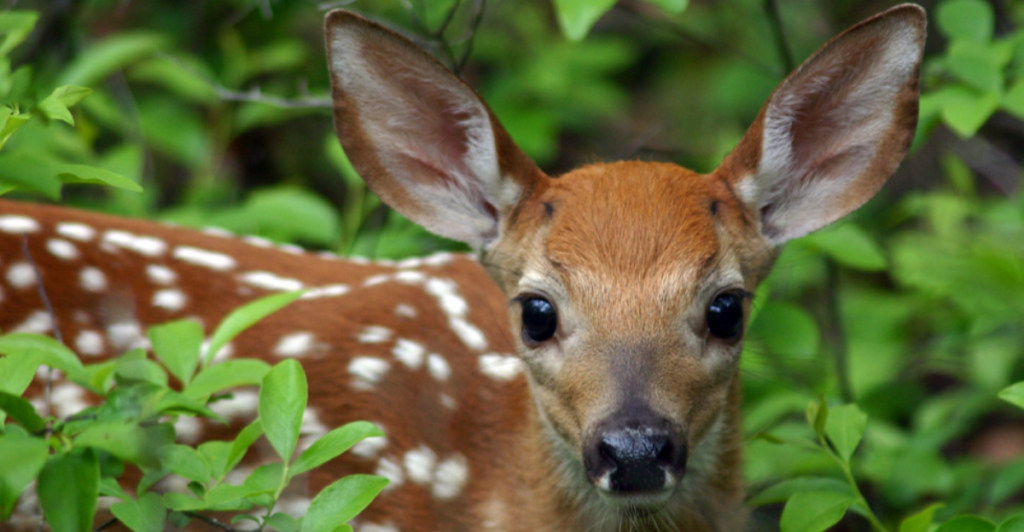
Young ungulates like fawns are particularly vulnerable to predation from wolves and cougars during their early months when they cannot run as fast or defend themselves effectively against larger predators. During this time, fawns rely on camouflage and remain still to avoid detection by hunters. As they grow older and gain strength, their chances of survival increase significantly.
12. Crustaceans
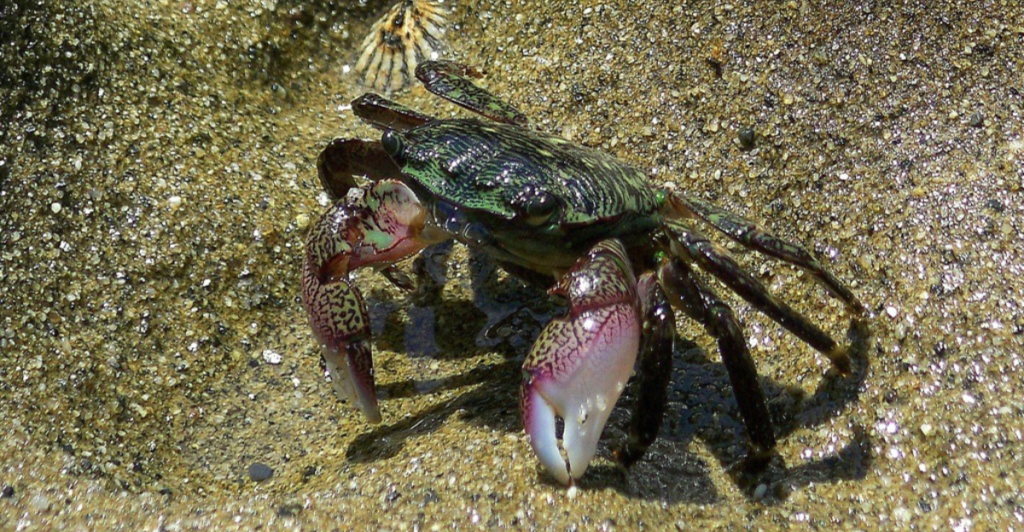
Crustaceans, such as crabs, are commonly hunted in coastal areas by seabirds and fish looking for nutritious meals. These creatures often inhabit tidal zones where predators can easily reach them during low tides. Crabs play an important role in marine ecosystems; however, their vulnerability during molting periods makes them particularly susceptible to predation.
Source:
Disclaimer: This article was written with the assistance of AI and was edited/fact-checked by a human.
Stay connected with us for more stories like this! Follow us to get the latest updates or hit the Follow button at the top of this article, and let us know what you think by leaving your feedback below. We’d love to hear from you!







